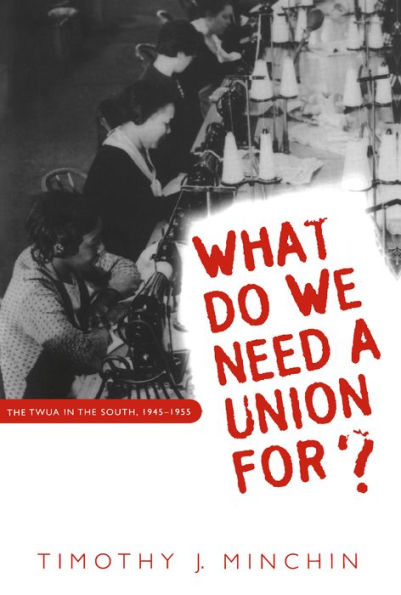5
1
9780807846254


What Do We Need a Union For?: The TWUA in the South, 1945-1955 / Edition 1 available in Paperback

What Do We Need a Union For?: The TWUA in the South, 1945-1955 / Edition 1
- ISBN-10:
- 0807846252
- ISBN-13:
- 9780807846254
- Pub. Date:
- 03/10/1997
- Publisher:
- The University of North Carolina Press
- ISBN-10:
- 0807846252
- ISBN-13:
- 9780807846254
- Pub. Date:
- 03/10/1997
- Publisher:
- The University of North Carolina Press
42.5
In Stock

Product Details
| ISBN-13: | 9780807846254 |
|---|---|
| Publisher: | The University of North Carolina Press |
| Publication date: | 03/10/1997 |
| Series: | The Fred W. Morrison Series in Southern Studies |
| Edition description: | 1 |
| Pages: | 296 |
| Product dimensions: | 6.12(w) x 9.25(h) x 0.67(d) |
| Lexile: | 1460L (what's this?) |
About the Author
What People are Saying About This
From the B&N Reads Blog
